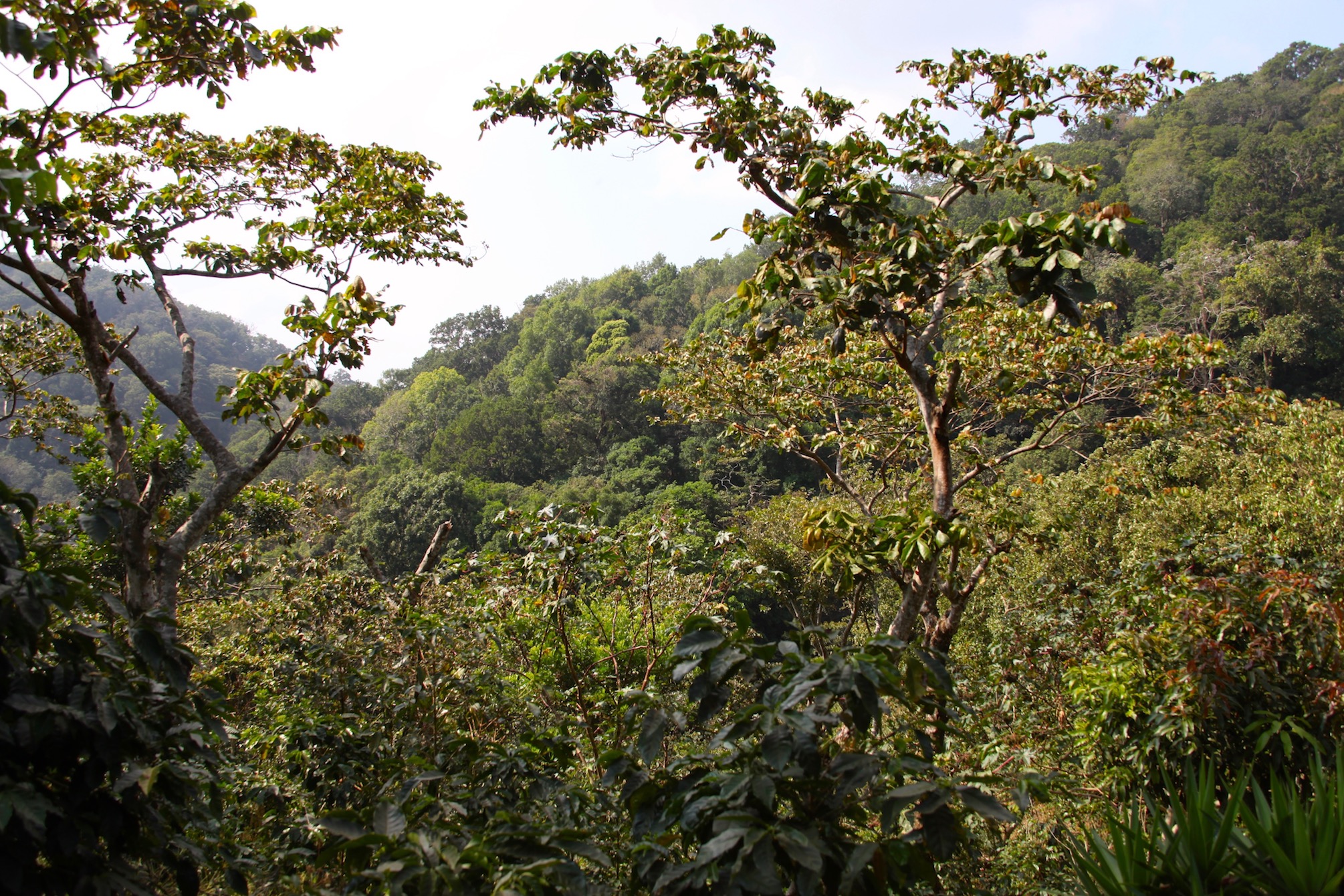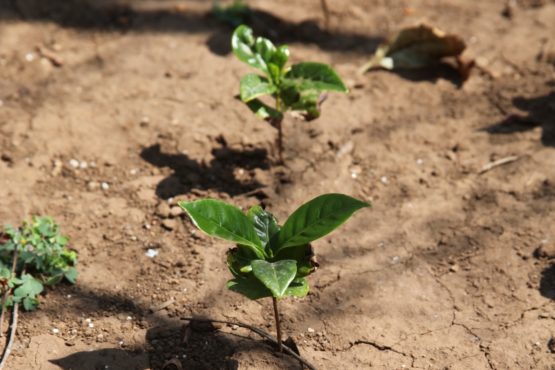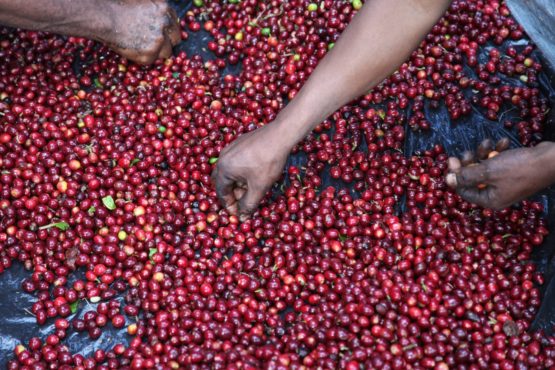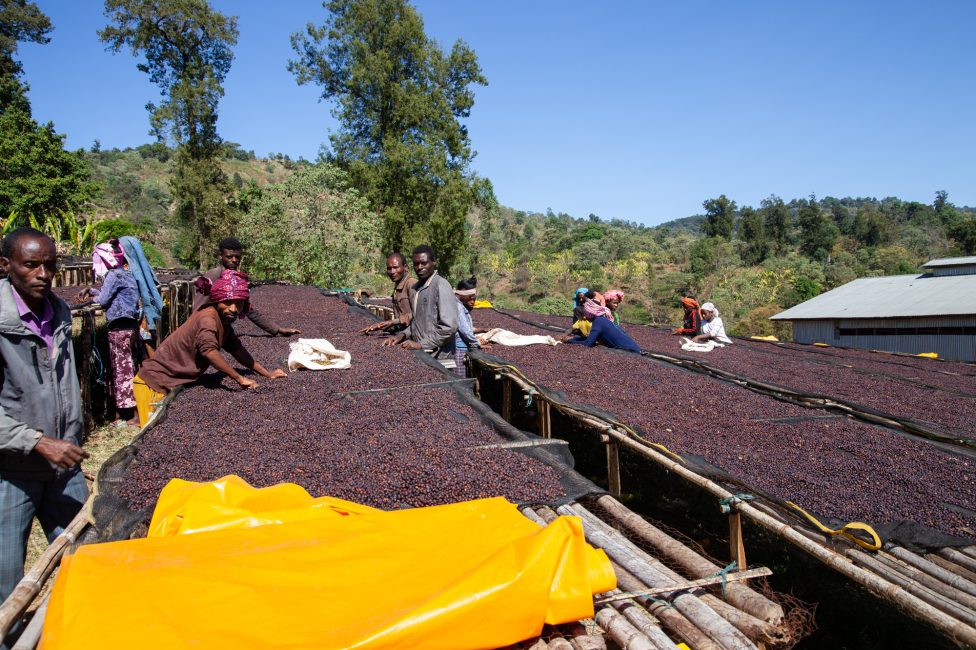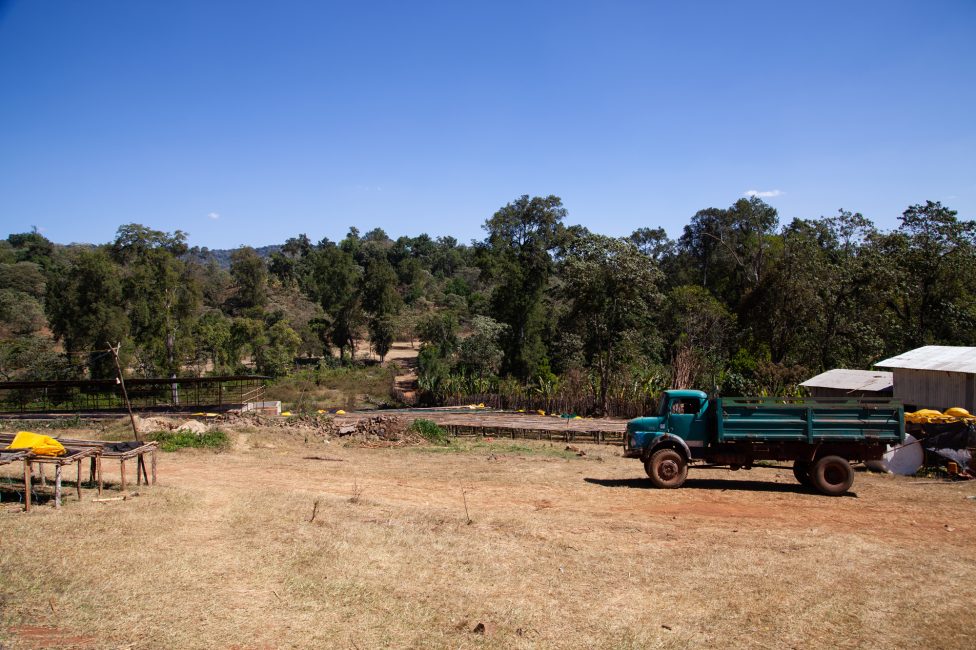La Esperanza
Sweet and balanced with red apple acidity and notes of sugarcane, pear, and orange and a lingering toffee sweetness.
Finca La Esperanza is an 87 hectare farm that sits at 1,300 to 1,460 metres above sea level in El Salvador’s stunning Apaneca-Ilamatepeq Mountain Range. The farm lies at the north-west edge of the El Imposible national park and is home to an astonishing variety of wildlife, including pumas, oncillas, wild boars, king hawks and black-crested eagles. The region is also marvellously suited to coffee production, and as a result, the first Denomination of Origin (D.o.O.) for coffee has been given to the Apanaca-Ilamatepeq region, with La Esperanza being the first farm in El Salvador to export with this D.o.O.
When Mauricio Escalon purchased Finca La Esperanza 12 years ago, it was almost fully abandoned. He immediately saw the farm’s potential to produce high quality coffee and, upon taking over, began by renovating and replacing the existing coffee plantation with new (and often experimental) varieties. Over the last decade Mauricio has carefully planted out the farm with different varieties, and divided the property into distinct plots. This has enabled Mauricio to undertake some exceptional micro-lot separation that, when combined with his stringent processing methods, results in some of the best coffee that this origin has to offer.
On average, Finca La Esperanza boasts 3,500 coffee trees per hectare, which are regularly pruned to ensure the plants’ optimal health. Mauricio, who is a landscape architect by training, uses biological controls wherever possible, eschewing the use of chemical pesticides and fertilisers where he can. He uses natural bacteria (trichoderma) and fungus to manage soil diseases and promote root health, and foliage issues are managed primarily by pruning and renovation. These traditional management skills have allowed the farm to achieve stable harvests over time.
Farming in the region can be difficult – strong winds and unpredictable weather often present significant issues when it comes to cherry development. As such, the farm has tall, green barriers of Colpachi trees, which are planted in a grid or waffle-like shape to protect all the coffee plots from the high winds that sweep through this mountain range.
The region also suffers from a prolonged hot, dry season which can make it difficult to establish new seedlings using the ‘bagged’ system that is common. The bag gets too hot and loses water too quickly, which stresses the seedlings and produces weaker plants in the long run. Mauricio has addressed this issue by establishing his nursery using the same methods as his grandfather – by planting the plants directly into the ground. By using this more ‘antiquated’ system, the farm admittedly looses 20% of its seedlings (as opposed to only 5% in bags), but it produces much healthier plants. Seedlings receive a quick dose of fertiliser and trichoderma at the start of rains and then are left to grow strong and healthy on their own. Within this ‘in the ground’ system, the seedlings develop a strong, straight taproot rather than a snarl of small roots. This central root is cut at the time of replanting, and the young tree then puts out roots in all directions, firmly rooting it in the soil. Mauricio moved to this system about in 2012 and has seen great success so far. This can be seen here.
The harvest at La Esperanza runs from mid-January through to March. Typically there are at least three passes during the harvest period to ensure only the very ripest cherries are selected.
Mauricio is extremely passionate about supporting the pickers, and sees their role as one of the most important in the chain. He is currently working to set up the Specialty Coffee League of El Salvador, which will focus on pickers and picker groups, and will work to try and elevate their roles and their appreciation for how they contribute to the end cup quality. Mauricio explained to us that he wants the pickers to be proud: ‘Fifty years ago the pickers were happy; they felt proud to pick coffee and they did with a sense of pride and purpose.’ Mauricio feels that this culture has been lost and wants to reinvigorate the pickers’ sense of purpose and value.
All the coffee from La Esperanza (along with Mauricio’s other farms) is processed at Mauricio’s nearby Cafescal Mill, in San Jose. The small beneficio is meticulously run and produces coffees using a wide range of processes. This fully washed coffee was pulped, fermented and then fully washed using a demucilager. It is then sun dried on the mill’s traditional clay patios where they are moved every 30 minutes or so – receiving up to 16 rakings in a day. Clay patios are traditional in this region, and Mauricio prefers them to the more modern concrete patios as clay is endothermic (absorbs heat) and, thus, very good at regulating temperature. Coffees dried this way dry very slowly (a minimum 9 to 10 days), and Maricio ensures it is raked up to 16 times a day until it achieves the optimal humidity for storage.
